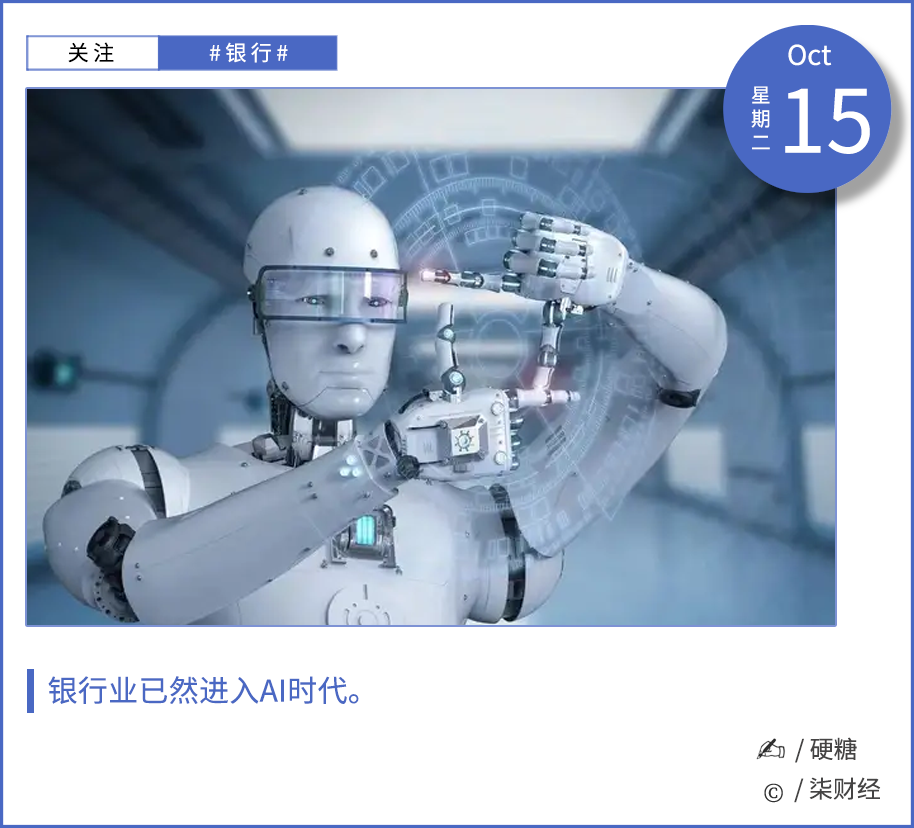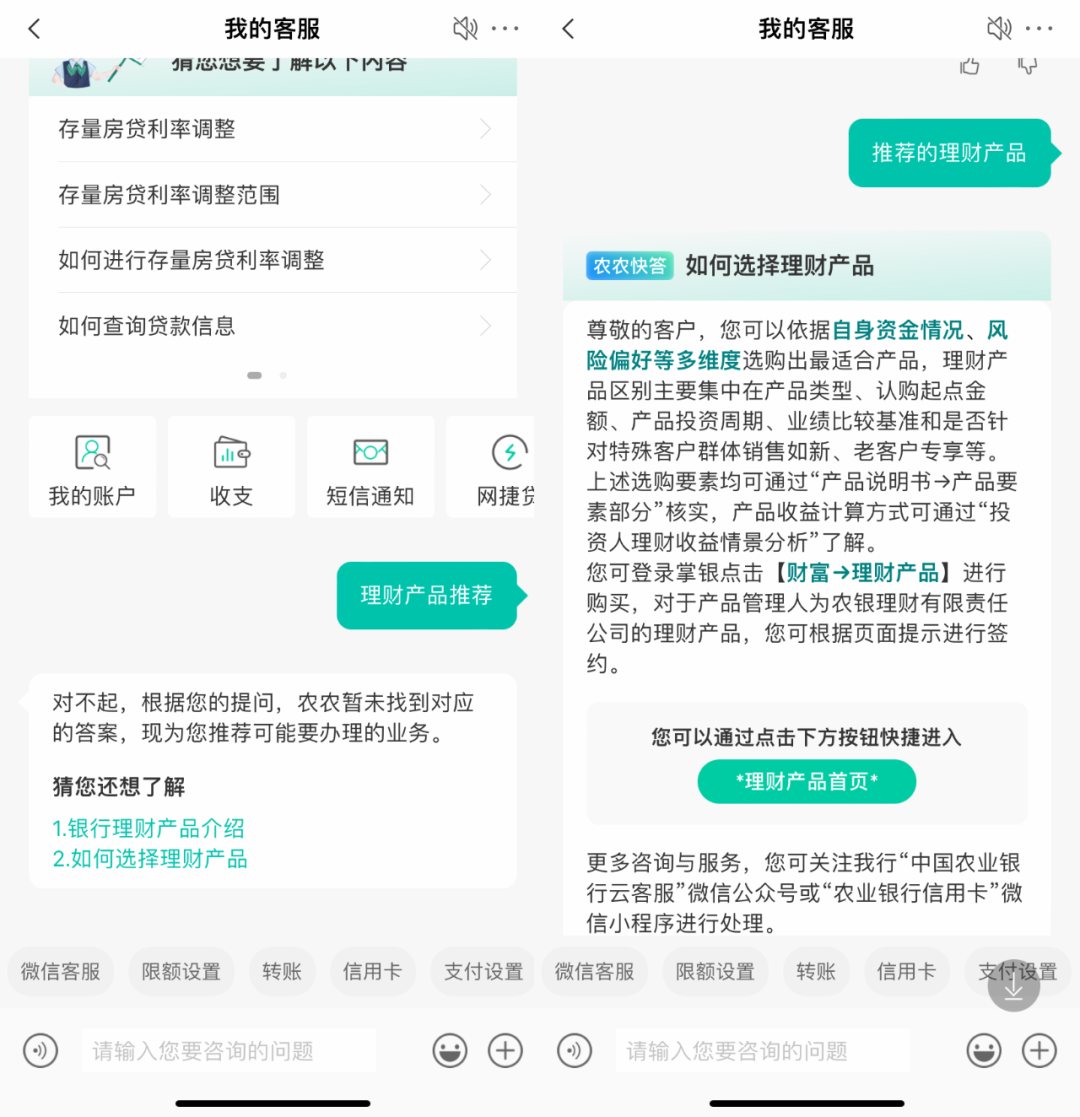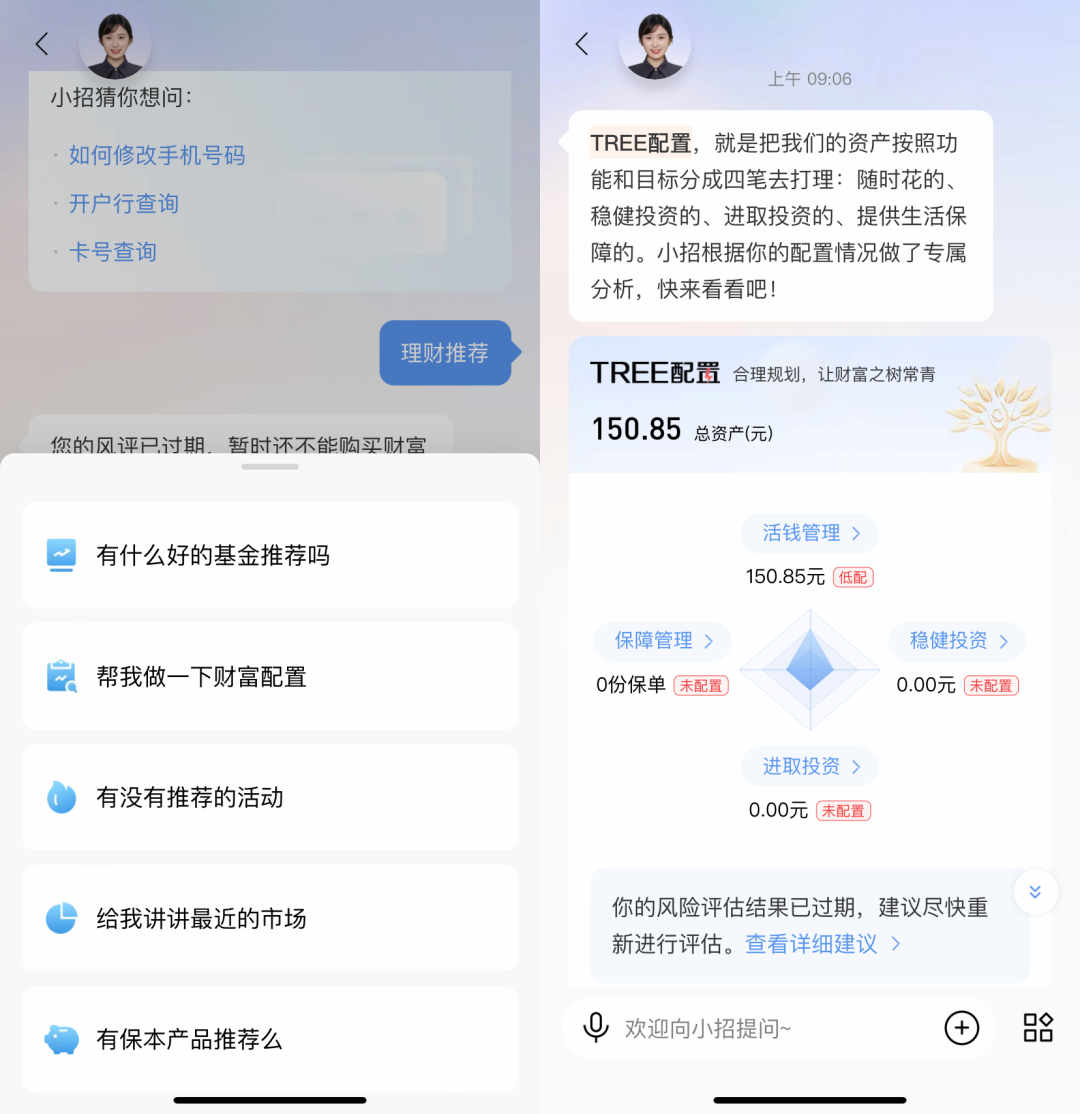Banking AI large models, from entry to change
![]() 10/16 2024
10/16 2024
![]() 479
479

Driven by the wave of artificial intelligence, AI large model technology is changing the service methods and user experience of various industries in an unprecedented way. Among them, the banking industry, as a data-intensive industry, has become an important industry for large models to take the lead in exploration.
So, after more than a year of development, where has the banking industry progressed in the application of AI large models?
01
From landing to in-depth scenarios
Large banks take the lead
A decade ago, the banking industry achieved a "difficult" transformation from traditional offline to online internet finance. Today, they have become the "vanguard" of AI large model landing.
According to the global financial institution large model list released by MIT Technology Review, 12 financial institutions in China have entered the global TOP 20, including Ant Group, Ping An Group, ICBC, CCB, BOC, Maxion Consumer Finance, and ABC, ranking among the global TOP 10.
How has the specific development progressed? Taking state-owned large banks as an example, in their semi-annual reports, each bank mentioned the progress of large model research and development, as well as the advancement of scenario landing applications.
Among them, ICBC introduced in its semi-annual report that it has deepened the construction and empowerment of large model technology, and has completed the first fully stacked, self-controllable training and inference deployment of enterprise-level financial large models in the financial industry. At the same time, it has carried out secondary training of financial industry and enterprise-level large models, and established a high-quality, multi-dimensional, and large-volume financial large model training dataset, giving it strong knowledge understanding and analytical reasoning capabilities in the financial field.
In addition, ICBC promotes the deep integration of large model technology and business to achieve multi-field landing innovation applications; empowers the entire process of investment, financing, and trading businesses in the financial market, improving business processing efficiency; creates intelligent marketing assistants, develops intelligent product Q&A, marketing activity plan design and other functions, and accurately supports customer marketing.
Postal Savings Bank said that it has completed the pilot construction of a large model computing cloud resource pool; the large model heterogeneous computing cluster initially has the ability to support the training of large models on a scale of hundreds of billions.
In terms of scenario applications, the Postal Savings Brain is gradually improving towards content creation, creating a variety of intelligent office assistants for employees. Specifically, the remote bank customer complaint analysis scenario can assist agents in monitoring, reporting, and categorizing complaint content, with an accuracy rate of 93%; document content review can help business requirement managers quickly understand and review requirement content, with an accuracy rate of 84% for business tag extraction and 96% for feature extraction.
CCB stated that it continues to advance the construction and application of financial large models, comprehensively empowering 79 internal business scenarios across six major sectors: corporate finance, personal finance, capital asset management, risk management, technology channels, and comprehensive management; enhancing the quality of text-to-image output to support customer marketing and improve efficiency; optimizing search to enhance generative application models, supporting credit approval financial analysis, and reducing the time required for customer financial analysis reports from hours to minutes.
ABC's 2024 semi-annual report shows that in terms of AI technology application, it has accelerated the construction of smart banks driven by AI technology, closely tracked the trends of large model technology, continuously improved the AI hardware and software support system, and steadily promoted the landing of AI+ application scenarios.
Bank of China mentioned little about large models in its semi-annual report, stating only that it is piloting code assistance and other large model applications.
Bank of Communications stated in its 2024 semi-annual report that it is actively exploring AIGC cutting-edge technology, formulating a generative AI construction plan, and forming a special GPT large model research team. At the same time, it jointly established an innovation laboratory with iFLYTEK.
Joint-stock banks are not to be outdone, continuously blooming in scenario applications.
For example, Industrial Bank's "Write at Will" generative large model has empowered anti-money laundering. It is understood that Industrial Bank's "Write at Will" is an intelligent generation model for suspicious transaction reports. Leveraging large models and natural language processing technology, it can efficiently and accurately analyze the characteristics of suspicious customer behaviors, suspicious subject information, and suspicious transaction information related to money laundering, and quickly generate auxiliary analysis reports.
China Minsheng Banking Corporation has empowered research and development with large models. Its R&D team, starting from the needs of financial R&D in terms of security, efficiency, and controllability, launched the "Huima" journey guidance method, creating an end-to-end operational risk monitoring capability covering development, integration, testing, and launch.
After introducing the code large model product, the system's generated adoption rate is between 20-30%, with the adopted code accounting for approximately 30% of submissions, close to industry mainstream practice levels, and the code annotation rate has increased from 18% to about 30%.
Qi Finance notes that behind the continuous exploration of the banking industry in the field of large models lies its continuous investment in financial technology. In 2023, the total financial technology investment of the six state-owned banks reached 122.822 billion yuan, an increase of 5.38% year-on-year.
This investment not only set a new high but also accounted for 3.52% of total operating income, the highest in recent years. Among them, the investments of ICBC, CCB, ABC, and BOC all exceeded 10 billion yuan. As of the end of last year, the total number of technology personnel at the six major banks had exceeded 90,000.
02
Differences in application effects
Small and medium-sized banks take a different approach
AI large models have indeed brought unlimited possibilities to the technological development of the banking industry, but the actual application effects can be glimpsed through communication with their intelligent customer service.
For example, ABC stated in its financial report for the first half of this year that it will continue to deepen technological empowerment, develop enterprise WeChat, intelligent outbound calls, and other channel construction applications, build diversified financial scenarios for customers in conjunction with mobile banking, and introduce AI technology to empower the entire online service process, making customer identification more precise, products and services more suitable, and customer experience more intelligent and convenient.

However, when Qi Finance asked intelligent customer service questions through the ABC App, the response seemed somewhat "stiff": when asked about "recommended financial products," customer service could provide specific operation steps; but when asked about "financial product recommendations," customer service responded, "No corresponding answer has been found yet." The same question, with only the word order adjusted, yielded different responses.
In addition to ABC, China Merchants Bank, the "elder brother" among joint-stock banks, has also launched its intelligent customer service assistant AI Xiao Zhao, which leverages AI and big data technology to continuously drive the full AI-ization of retail business.
When Qi Finance entered the customer service page of the China Merchants Bank App, popular questions included fund recommendations, principal-guaranteed product recommendations, and recent market conditions. However, when Qi Finance inquired, the intelligent customer service robotically responded with statements like "there are currently no principal-guaranteed financial products available" and "future market conditions cannot be predicted."

However, on the "Xiao Zhao - Customer Service Portal" page, the "Digital Person Zhao Xiaolin" section is an interactive intelligent assistant that introduces products to users in the form of a digital person and can engage in product Q&A through user voice.
Furthermore, Shanghai Pudong Development Bank's (SPD Bank) Machine Factory project based on Intelligent Automation (IA) won the third prize of the "Financial Technology Development Award" from the People's Bank of China.
The bank has launched artificial intelligence innovations such as the digital person Xiao Pu, Pu Hui Cockpit, Pu Hui Cloud Cockpit, and AMA. The industry-first digital person system has created multiple types of digital employees, effectively improving service conversion rates.
When entering the SPD Bank mobile app, Qi Finance asked about "financial product recommendations," and the intelligent customer service provided specific operation steps and stated, "If the issue is not resolved, you may continue to contact customer service representatives."
When asked about "implementation details for adjustments to existing mortgage interest rates," SPD Bank's intelligent customer service provided a relatively detailed response covering "adjustment methods and timing," "adjustment rules," and "loan information query methods."
Moreover, compared to larger banks such as state-owned and joint-stock banks, small and medium-sized banks lag behind in the preparation and application of AI technology. After all, compared to large banks that can easily spend billions of yuan each year, the financial resources of small and medium-sized banks are significantly limited. Additionally, they also pale in comparison in terms of talent reserves.
More importantly, facing the reality of stagnant or even declining revenue and profitability, small and medium-sized banks may have to bear unpredictable trial-and-error costs if they invest heavily in AI large models, which is an unbearable burden.
However, more and more small and medium-sized banks have taken "alternative paths" into action, such as bidding for large model projects with strong goals in mind.
For example, last month, Jilin Bank issued a tender announcement for the Phase I construction project of its large model knowledge engine, intending to select a vendor to build a set of software for the bank's large model knowledge engine, with a project fund of 3.43 million yuan.
In August, Shanghai Bank issued a procurement announcement for large model agents for the upgrade project of its personal mobile banking HarmonyOS version, requiring bidders to have at least one relevant implementation case for large model dialogue scenarios since January 1, 2021, and only accepting suppliers with copyrights to agent-related products to participate.
While progress varies, with the continued deepening of AI in application scenarios, it can be predicted that the banking industry will undoubtedly unleash greater potential and create more value.








